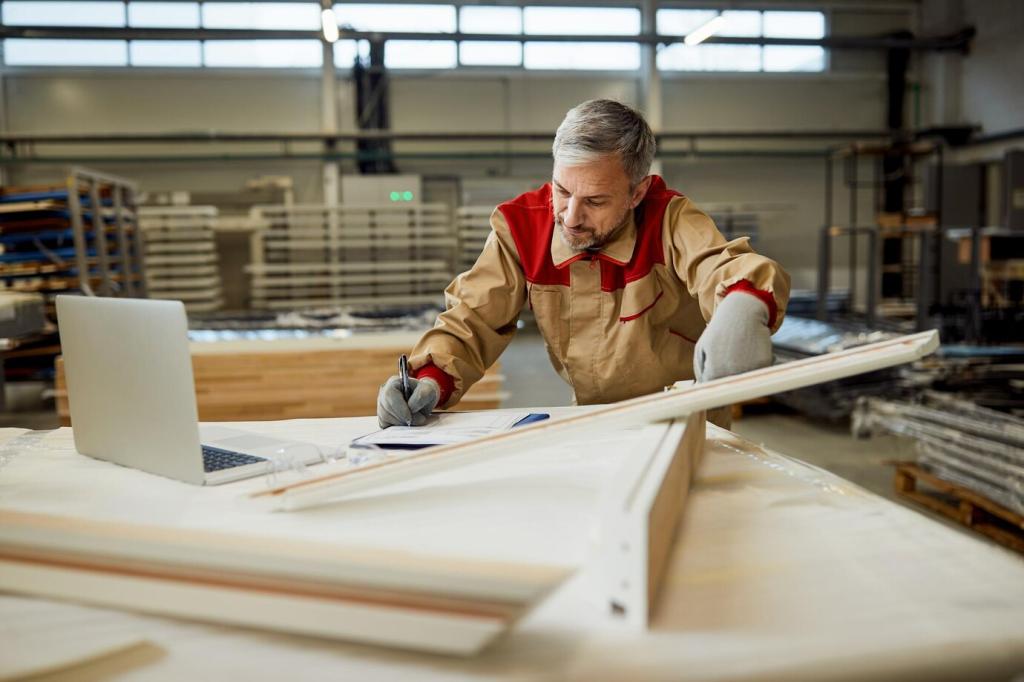
Comfort Through the Ages: The History of Upholstered Furniture Design
Today’s chosen theme: History of Upholstered Furniture Design. Journey from ancient cushions to modern performance fabrics to see how culture, craft, and innovation shaped the way we sit. Share your favorite upholstered piece in the comments and subscribe for weekly deep dives on design history.
Origins of Comfort: Early Upholstery Before the Armchair Era
Cushions of Antiquity
In Egypt, Greece, and Rome, comfort arrived as portable cushions stuffed with straw, feathers, or wool, often reserved for elites. Textiles signaled status as much as softness, while leather and woven linens protected filling from wear. These early solutions prefigured upholstered seating’s core idea: a supportive base softened by materials.
Medieval Benches Gain Softness
Medieval halls favored sturdy benches and chests, but layered textiles created islands of comfort. Pads filled with wool or straw were tied down, exchanged seasonally, and decorated like tapestries. Because interiors were multipurpose, movable padding allowed flexibility, foreshadowing later integrated upholstery techniques and more permanent stuffed seating.
Renaissance Guilds and Know‑How
Specialized guilds of tapissiers refined techniques, managing webbing, stuffing, and decorative covers. Seats gained height and structure, and leather or patterned fabrics met rows of tacks with ornamental heads. Share the earliest chair you have encountered with visible tack details; those tiny metal dots quietly map process and pride.
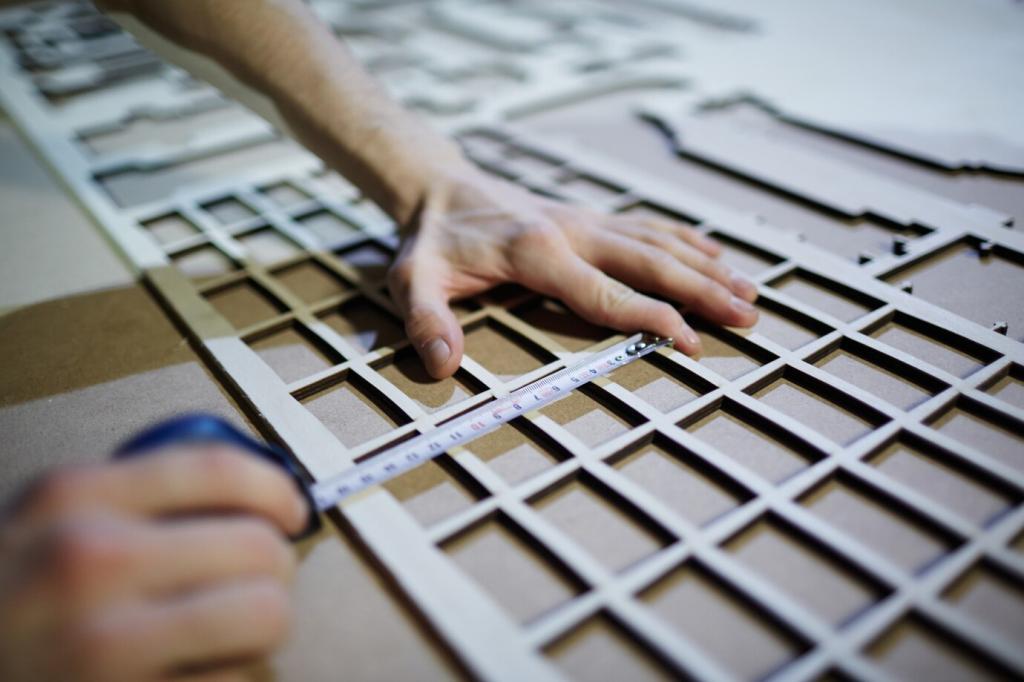
Open‑armed fauteuils and enveloping bergères signaled a shift toward personal comfort. In Louis XV interiors, serpentine lines, cabriole legs, and generous padding invited longer conversation. The armchair became a social instrument, balancing posture with poise while upholstery stitched etiquette, display, and bodily ease into a single alluring object.
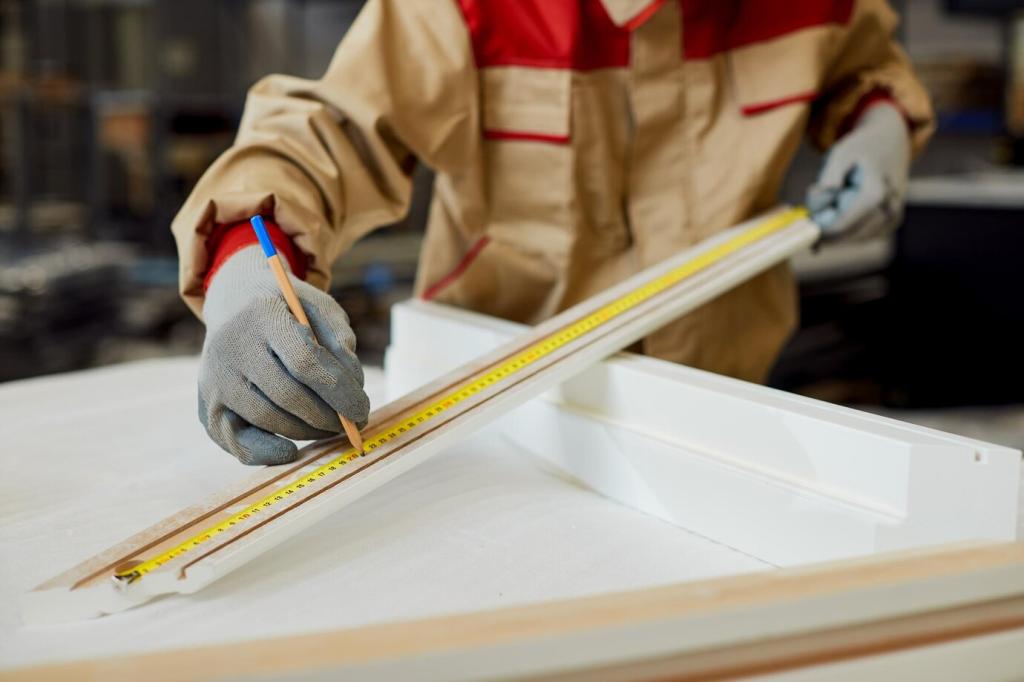
Horsehair, down, and moss were hand‑layered over jute webbing, framed by beech or walnut carved and gilded. Silk damask, brocade, and wool velvets delivered shimmer and resilience. Repairs were expected: conservation-minded practices emerged early, as craftsmen re‑tacked, restuffed, and updated fabrics to keep prized seats in circulation.
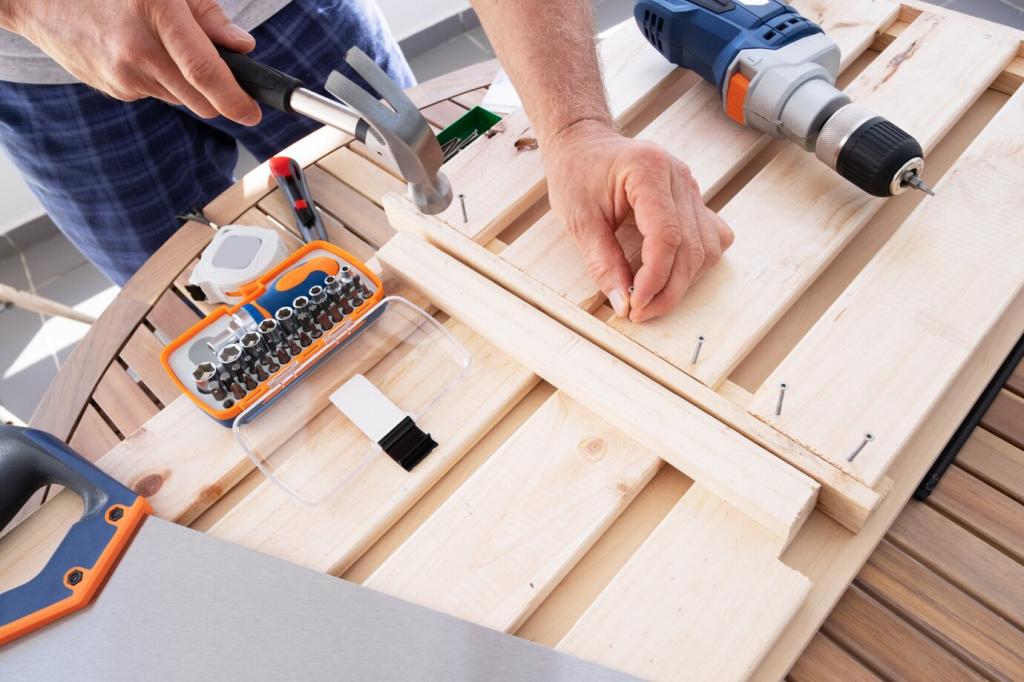
Chairs mirrored ritualized behavior: seat depth, arm height, and back pitch reinforced the era’s manners. Curved profiles supported conversation, while padded arms protected delicate fabrics and jewelry. Tell us how you think furniture shapes behavior today; the choreography of bodies and seats remains a fascinating historical throughline.
Coil springs entered upholstery in the nineteenth century, delivering resilient comfort when lashed to webbing. The celebrated eight‑way hand tie crisscrosses twine to stabilize compression in every direction. Properly tuned, springs distribute weight, reduce sag, and prolong fabric life, quietly engineering the bounce we often take for granted today.
Industrial Breakthroughs: Springs, Webbing, and Standardization
Latex foam arrived in the early twentieth century via the Dunlop process, offering uniform cushioning. Postwar polyurethane foams introduced lighter, versatile densities but raised aging and off‑gassing considerations. Makers now layer foams, fibers, and batting to tune feel. What fillings do you prefer—traditional resilience or modern, cloudlike softness?
Industrial Breakthroughs: Springs, Webbing, and Standardization
Modernism, Midcentury, and Icons of Upholstery
Le Corbusier’s LC2 and LC3 framed voluminous cushions with a rational steel cage, making structure visible while preserving softness. Eileen Gray’s Bibendum wrapped the sitter in tubular forms, witty yet generous. These works insisted that modernity could be comfortable—proof that upholstered volumes and machine precision are not opposites.
Inside the Seat: Anatomy and Craft of Upholstery
Kiln‑dried hardwoods like beech, maple, or oak resist warping and hold tacks securely. Corner blocks and glued, screwed joints prevent racking, while webbing sets the stage for springs. Ask sellers about frame wood, joinery, and repairs; structural honesty is the hidden backbone of every beautiful upholstered silhouette you love.
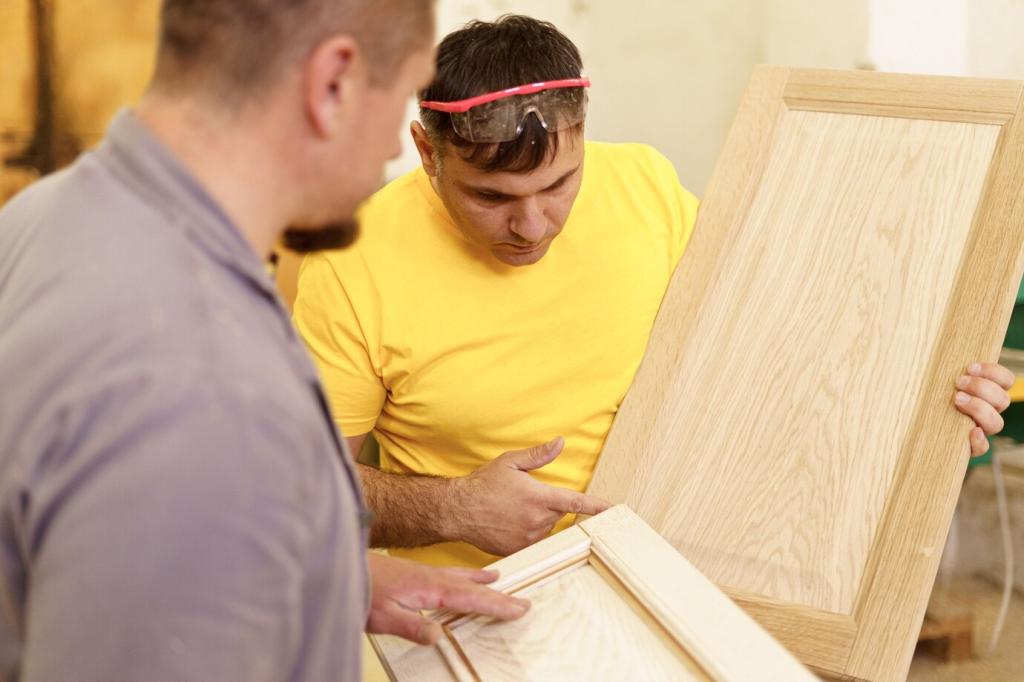
Fabrics Through Time: Texture, Pattern, and Performance
Velvet, Damask, Brocade, and the Return of Bouclé
Cut‑pile velvets glow, damasks weave reversible motifs, and brocades dramatize relief. Midcentury bouclé’s looped texture is trending again for tactile warmth. Each material ages uniquely, revealing traffic patterns and care habits. Share your cleaning routines; community wisdom often outperforms generic advice, especially for heirloom fabrics and delicate fibers.
Safety, Standards, and Health
Regulations evolved alongside materials. California’s TB117‑2013 shifted focus to smolder resistance without mandating harmful flame retardants, influencing nationwide practice. Performance textiles resist stains with advanced chemistry, yet off‑gassing and microfibers prompt new questions. How do you balance durability, indoor air quality, and sustainability when choosing upholstery for busy rooms?
Color Stories and Cultural Crossovers
Chintz journeyed from India to Europe, while arts and crafts patterns pushed hand‑drawn honesty. Today’s palettes blend heritage with wellness cues—earth tones, botanicals, and joyful brights. Post your favorite historical fabric reference and a contemporary equivalent; tracing lineages reveals how the past continually reupholsters modern taste.
Reupholster to Extend Life
A quality frame can outlive multiple coverings. Reupholstery preserves memories and reduces waste, letting you upgrade cushions, refine ergonomics, and choose safer materials. Document the process to guide future caretakers. Our community showcase will feature before‑and‑after projects that prove timeless design is a relationship, not a purchase.
Greener Fillings and Fabrics
Natural latex, wool batting, recycled PET fibers, and FSC‑certified wood lower impact without sacrificing comfort. Plant‑based polyols improve some foams, while linen and hemp deliver durable texture. Ask manufacturers for disclosures and certifications. Your questions steer the market toward materials that respect people, animals, and the planet we share.
Digital Craft: 3D Knitting and On‑Demand Covers
3D‑knit shells can fit complex forms with almost zero waste, while on‑demand cutting minimizes offcuts. Parametric patterns personalize comfort zones and fabric tension. Imagine updating covers seasonally without discarding cores. Would you adopt modular upholstery? Tell us, and we will prototype ideas to explore in a future feature.
